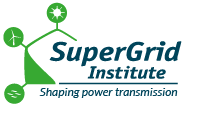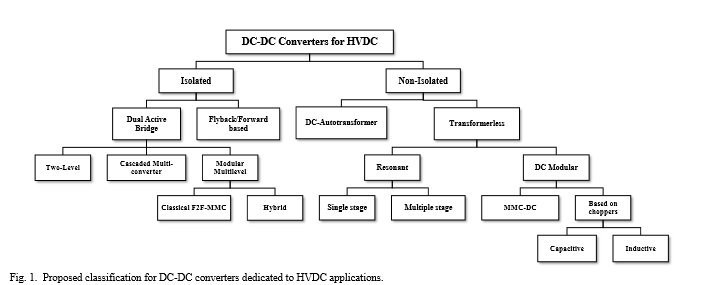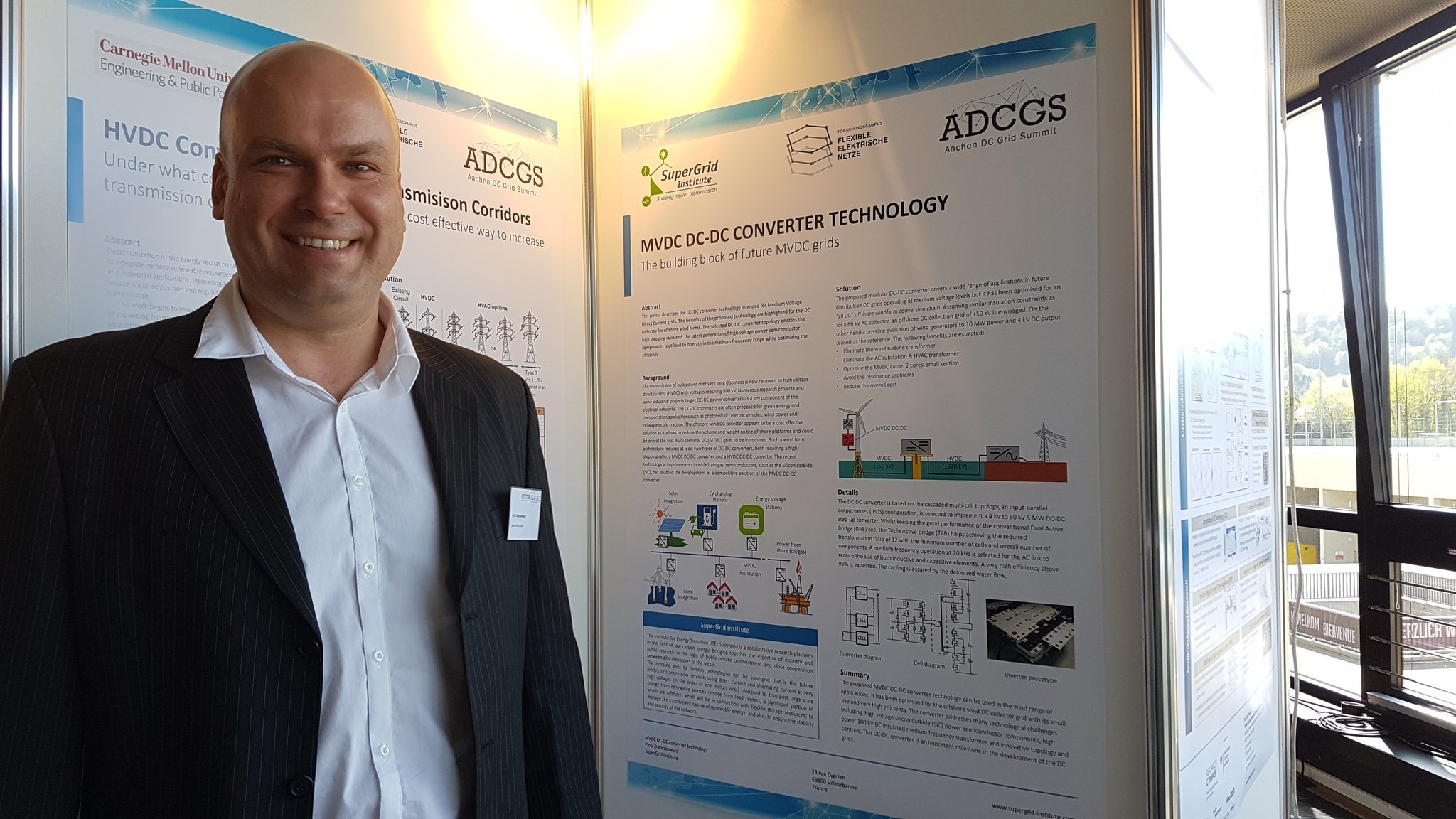Semi-Analytical Methods for Calculation of Leakage Inductance and Frequency-Dependent Resistance of Windings in Transformers
This paper focuses on analytical or semi-analytical calculation techniques to be integrated into a medium frequency transformer optimization process.




